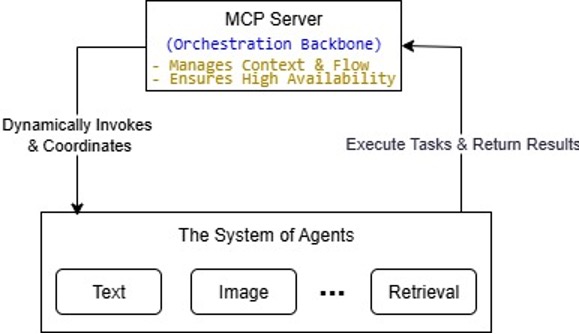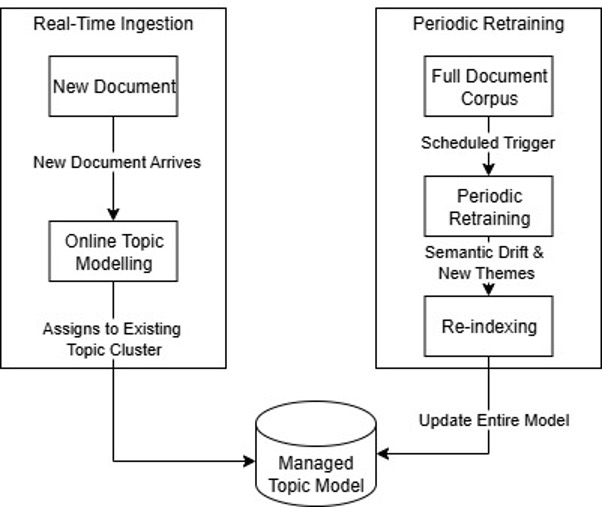
Introduction
Cloud computing has fundamentally reshaped how organizations operate, scale, and innovate. While the initial excitement around cloud migration was focused on agility and scalability, contemporary strategies increasingly look beyond these to encompass cost optimization, governance, and sustainability. Enter FinOps and GreenOps—two disciplines that, though seemingly distinct, are converging as companies advance in their cloud transformation journey. This convergence is unlocking new pathways for organizations to optimize their financial and environmental outcomes while advancing cloud maturity and governance.
Understanding FinOps and GreenOps
What is FinOps?
FinOps, short for “Financial Operations,” is a cultural practice designed to bring financial accountability to the cloud. It blends engineering, finance, and business teams to manage cloud costs collaboratively and transparently. The goal is clear: maximize business value from the cloud by making spending decisions grounded in data and aligned with business objectives.
What is GreenOps?
GreenOps, on the other hand, is all about sustainability in cloud operations. It’s a discipline that encourages organizations to monitor, manage, and minimize the environmental footprint of their cloud usage. GreenOps revolves around using renewable energy-powered cloud resources, recycling or reusing digital assets, optimizing workloads, and selecting eco-friendly services, all with the aim of reducing carbon emissions and supporting broader sustainability goals.
The Strategic Convergence: Passive FinOps through GreenOps
At first glance, FinOps and GreenOps may seem to operate in parallel universes—one focused on the bottom line, the other on planetary sustainability. However, as cloud platforms mature, organizations are discovering that GreenOps initiatives can serve as a form of “passive FinOps.” In other words, by prioritizing sustainability, companies can indirectly drive cost optimization.
- Resource Optimization: Embracing GreenOps means actively seeking out underutilized resources, consolidating workloads, and minimizing unnecessary consumption. Not only does this lower energy usage (a GreenOps win), but it also reduces spend (a FinOps objective).
- Renewable and Reusable Services: Leveraging cloud services powered by renewable energy or reusing digital assets—like container images, shared data sets, or serverless functions—helps organizations minimize their environmental footprint. At the same time, these practices often take advantage of cloud providers’ most efficient offerings, which are typically priced lower due to economies of scale.

Figure: Convergence of FinOps and GreenOps
- Efficient Architecture: Designing applications for efficiency—using serverless, autoscaling, and right-sizing—means less waste and lower costs. Efficiency in usage directly correlates with both financial and environmental benefits.
In practical terms, GreenOps activities such as deleting unused storage volumes, rightsizing virtual machines, and consolidating workloads not only shrink the carbon footprint but also slash monthly cloud bills. Thus, sustainability efforts act as “passive” cost optimizers—delivering FinOps benefits without explicit financial tracking.
Strategizing for Converged FinOps and GreenOps Implementation
To unlock the full potential of this strategic convergence, organizations need a well-crafted plan that weaves together FinOps and GreenOps principles right from the start of their cloud transformation journey.
Laying the Foundation
The journey begins with a clear assessment of current cloud usage, cost structures, and sustainability baselines. This means gathering data on resource consumption, energy sources, and spend patterns. Establishing cross-functional teams is essential—bringing together cloud architects, finance professionals, sustainability officers, and business leaders to set shared goals.

Figure: Business process diagram for Convergence of FinOps and GreenOps in Cloud journey
Defining Objectives and KPIs
Organizations should define success metrics for both disciplines. For FinOps, this might include reducing cloud spend per workload, maximizing reserved instance utilization, or improving forecasting accuracy. For GreenOps, KPIs could involve lowering overall energy consumption, increasing the share of renewable-powered services, or achieving specific carbon reduction targets.
Implementing Technology and Automation
The next phase involves deploying tools and frameworks that support both cost and sustainability objectives. Cloud management platforms now offer dashboards for tracking spend and environmental impact side by side. Automation is key—scripts that decommission unused resources, policies that enforce efficient architectures, and alerts for wasteful patterns help teams maintain discipline.
Continuous Optimization and Governance
FinOps and GreenOps aren’t one-off projects but ongoing practices. Regular reviews, “cost and sustainability audits,” and optimization sprints keep teams focused. Governance frameworks should be updated to include sustainability alongside financial accountability. Policies that require justification for high-carbon or high-cost services, for example, embed both FinOps and GreenOps principles into everyday operations.
Culture and Training
Last but certainly not least, a successful cloud transformation hinges on culture. Organizations must foster a mindset that sees efficiency and sustainability as intertwined. Training programs can equip teams with the knowledge to identify win-win opportunities and communicate the benefits of convergence to stakeholders.
Impact on Cloud Maturity, Governance, and Sustainability Goals
The intertwining of FinOps and GreenOps has profound implications for organizations progressing along the cloud maturity model.
- Advancing Cloud Maturity: Organizations that integrate financial and sustainability disciplines into their cloud strategy ascend faster through the cloud maturity model. They move beyond basic migration to sophisticated optimization, automation, and innovation. Mature cloud adopters are distinguished by their ability to balance agility, cost, and sustainability.
- Enhancing Cloud Governance: The convergence enforces robust governance. By tracking both cost and environmental metrics, policies become more holistic. This dual focus ensures compliance not only with financial goals but also with environmental regulations and corporate social responsibility standards.
- Achieving Sustainability Goals: Cloud providers increasingly offer carbon-neutral services, and organizations that prioritize GreenOps can accelerate their own sustainability journeys by leveraging these offerings. Reporting on both spend and sustainability progress strengthens stakeholder trust and public reputation.
Conclusion
The era of siloed cloud strategies is fading fast. As organizations intensify their commitment to both cost efficiency and sustainability, the convergence of FinOps and GreenOps is becoming a cornerstone of successful cloud transformation. By viewing GreenOps as a form of passive FinOps, companies can simultaneously reduce costs and environmental impact—often with the same set of initiatives.
Strategic cloud journeys that synchronize financial discipline with sustainability not only optimize the bottom line but also inspire innovation, foster resilience, and build toward a future where cloud operations are as responsible as they are robust. In a landscape defined by rapid change and rising expectations, this unified approach may well become the new standard for cloud excellence.
